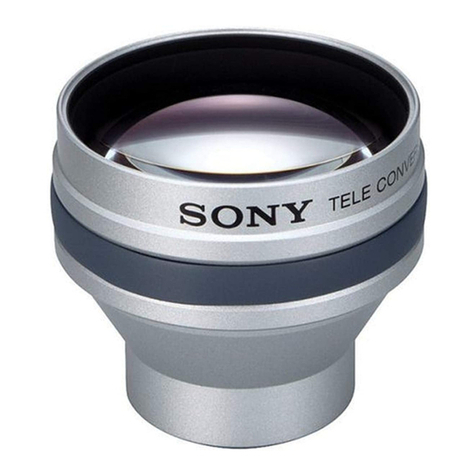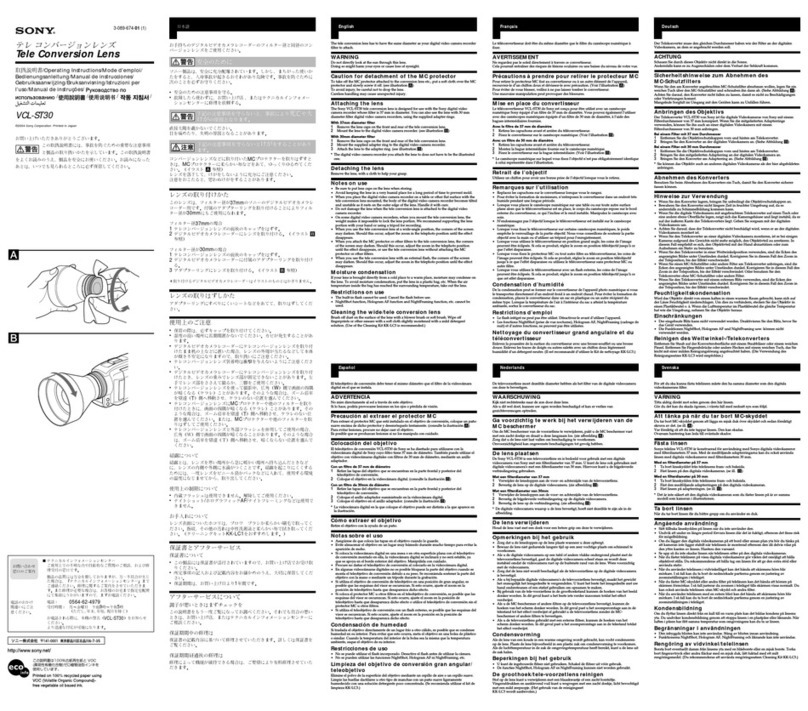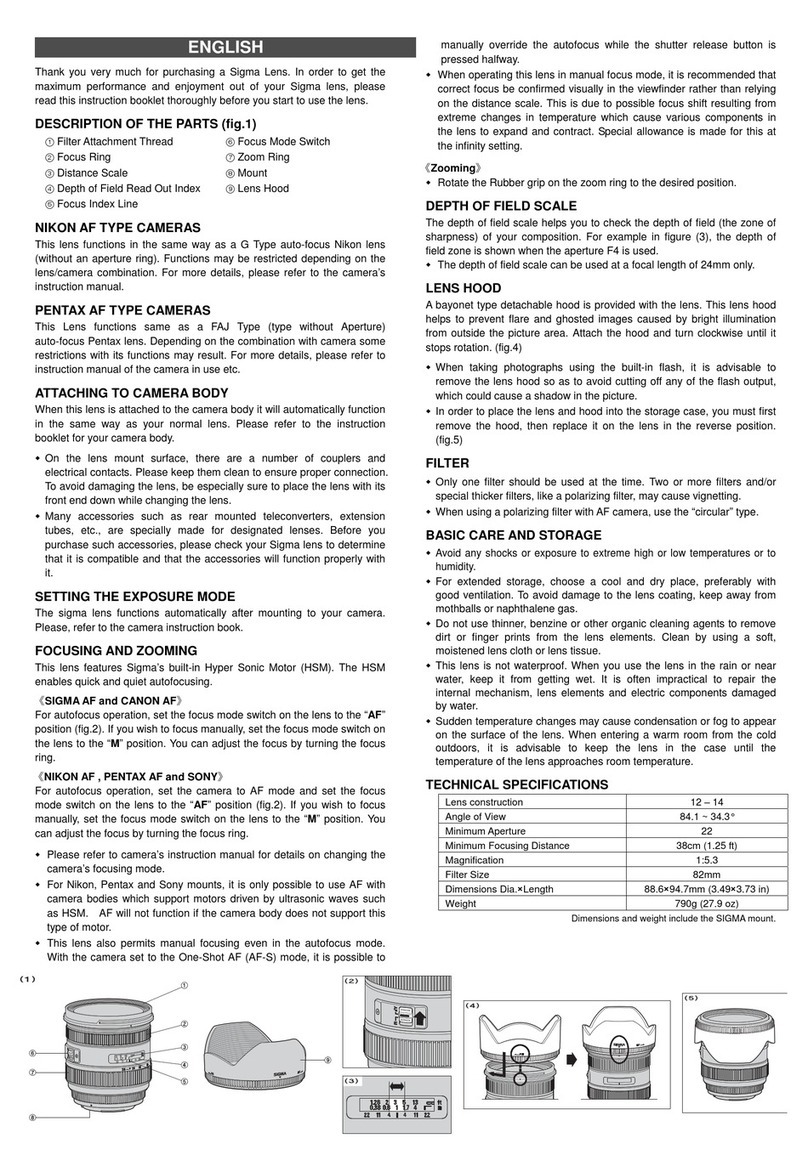
Additional technical information
Reviewing photographs
Pictures can be reviewed immediately on the camera's screen
and zoomed in with the zoom button to see detail in depth..
There are also some eye-catching options for displaying
images to the patients. One is to connect the camera to a TV
through a HDMI connection. Another way is be to display the
images on a PC or a Tablet connected wirelessly to the
iridoscope via Wi-Fi. Consult the Canon manual of the camera.
Free utilities are available through Canon web site
www.canon.com/icpd for downloading images over Wi-Fi or
connecting the camera to a USB port.
Resolution and compression
For highest quality it is recommended to select the larger image
size L and a fine compression quality. A 16 GB card has room
for more than 5000 images of this type.
Resize image for Iridology analysis software
IRISO irisgraphs produce excellent results using iridology
programs, but some of them may require a prior size reduction:
- display the desired picture in camera, press "Menu", select
"Resize" and then FUNC SET and choose M2 (recommended
high quality) or S (lower quality). A new file will be created,
reduced in size and fit for the software.
Direct printing
Pictures can be printed directly from the camera without need
for a computer, on a PictBridge-compatible printer and on some
Canon printers. Consult the camera and printer manuals.
15
Advanced techniques
Maximum sharpness will be acheived following these guidelines.
- Align the camera parallel to the plane of the iris, vertically and
horizontally, otherwise part of the image may be soft
- select proper light intensity according to eye color
- use a low ISO (80 or 100), never set to automatic
- when shooting, press shutter release half course to confirm
focus first, then smoothly finish to shoot (the IRISO Table Stand
eliminates shutter release vibrations)
- ask the person to view a very precise far away point with both
eyes open, thus reducing possible eyes movements
- the following multiple shots technique always increases the
sharpness when not using a Table Stand: press the "FUNC SET"
and go select the Custom Self Timer.
Selection must be renewed starting each session, programmed
values are 0 sec./ 3 shots..
Take the continuous sequence of 3
shots. Open then these photos on
screen and press the "INFO" button to
display the associated technical
information, looking among it for the
number in MB (megabytes). Of the 3
identical photographs, keep only the
image with the largest MB number,
which is be the sharpest of the lot, and
erase the other two inferior ones.
14



























